Seiu Ito and the Bondage Revolution
Inspired by torture, violence, theatre, and eroticism, the artist is famed for transitioning Japanese rope bondage into an art form.
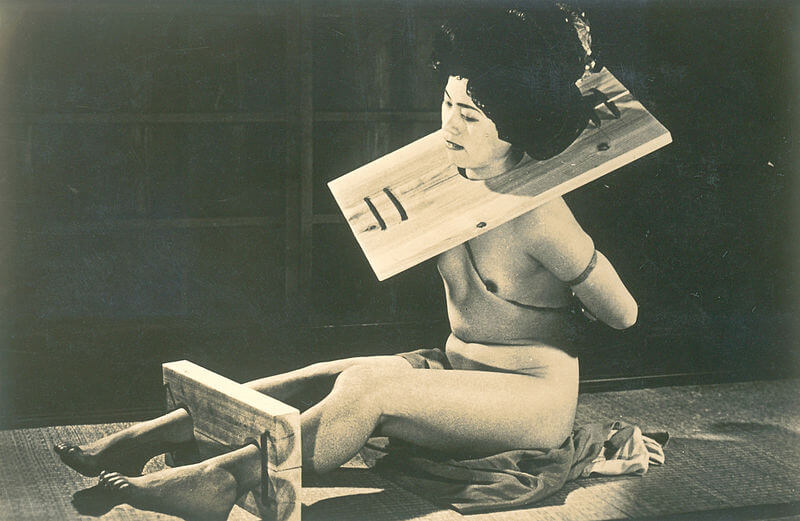
‘Yomikiri Romance’, January 1953, Seiu Ito
Born in 1882 in Tokyo, Seiu Ito was one of Japan’s most influential artists, best known for his use of kinbaku, the erotic art of rope binding. While he may be hailed as the ‘father of modern kinbaku’, Seiu Ito was also a talented painter, draughtsman, metalworker, ivory carver, and sculptor, working as a newspaper illustrator and critic from 1907 onwards.
Kinbaku initially emerged as a derivative of Edo-period torture methods, associated with the practice of hojojutsu. Criminals and captives were bound with ropes and even to this day, certain associated methods are taught to Japanese police officers. It is Seiu Ito, however, who has been credited with transforming kinbaku into an erotic art.
From capture to suspension
The artist would regularly depict women in bondage in his paintings and photographs, often in suspension. One of the most famous images by Seiu Ito is of his second wife, Kise Sahara, heavily pregnant, suspended by her feet in Rinketsu Bijin Sakasa Tsuri no Shashin (Photo in Inverted Suspension of a Beautiful Woman in Her Last Month of Pregnancy). The artist attempted his first suspension with Kise Sahara in 1920.
Seiu Ito is said to have been inspired by the torture scenes of traditional theatre. His first book, published in 1928, was entitled Seme no Kenkyu – Research on Torture, and in 1953 he started his own theatre group, the Seme no Gekidan (Torture Theater Group).
During the 1930s, Seiu Ito’s work was widely censored by the authorities. However, in 1960, a year before his death, he was recognised by the Japanese Artist’s Association. His life was the subject of the 1977 film Beauty’s Exotic Dance: Torture! by director Noboru Tanaka.
Seme no Kenkyu (1928) by Seiu Ito was published by Shinchosha, but is out of print.
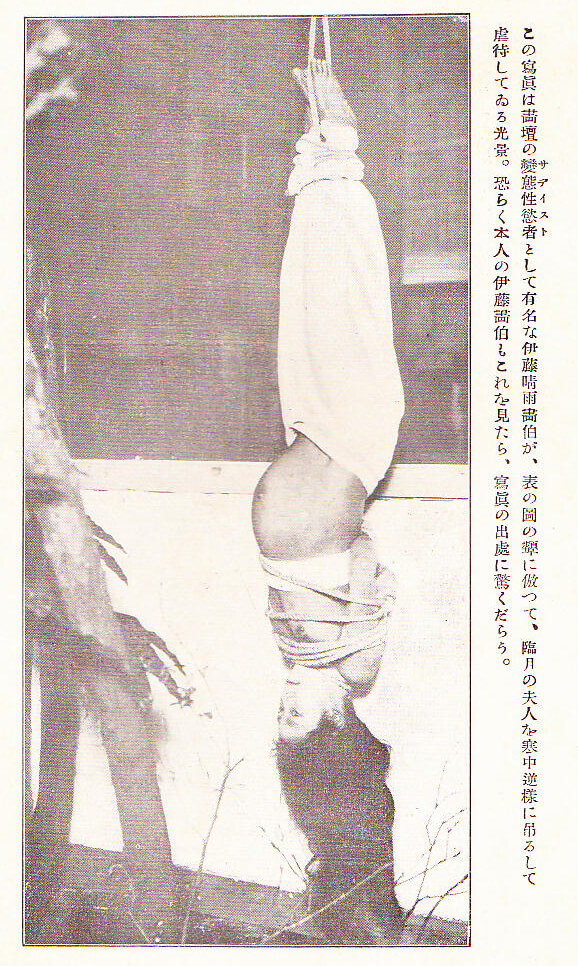
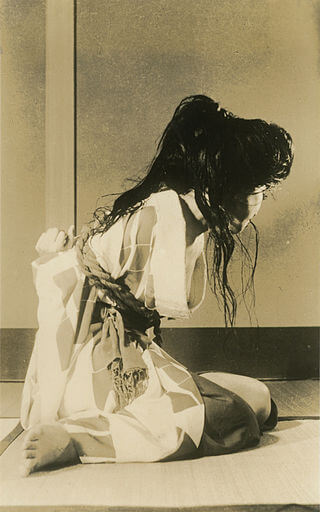
Left: ‘Suspension’ 1921, Seiu Ito, published Hentai Shiriou in 1926. Right: ‘Yomikiri Romance’, January 1953, Seiu Ito
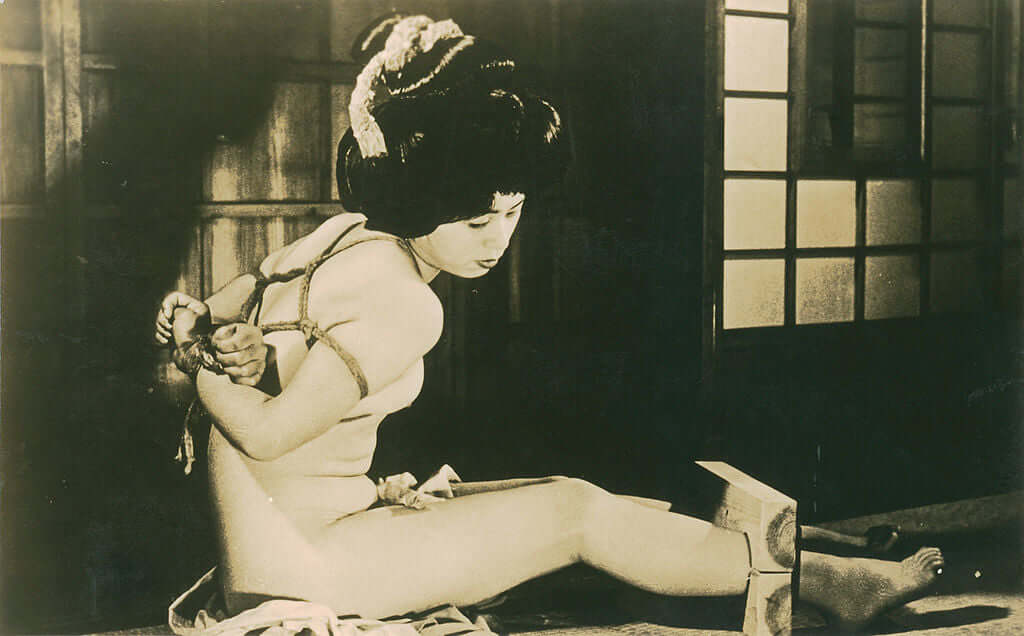
‘Yomikiri Romance’, January 1953, Seiu Ito
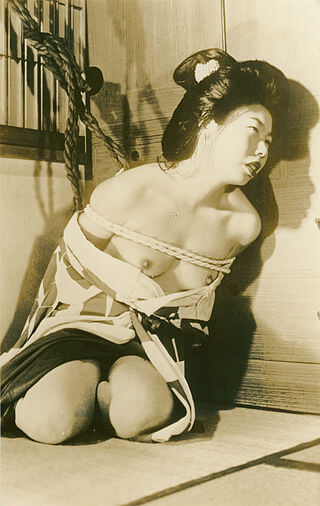
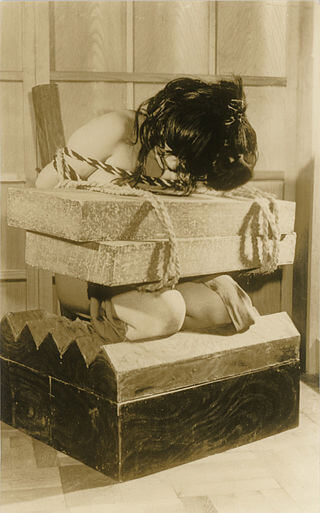
‘Yomikiri Romance’, January 1953, Seiu Ito
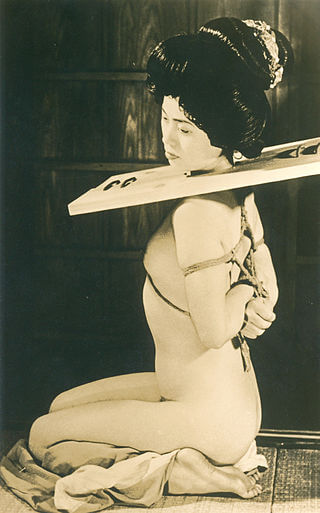
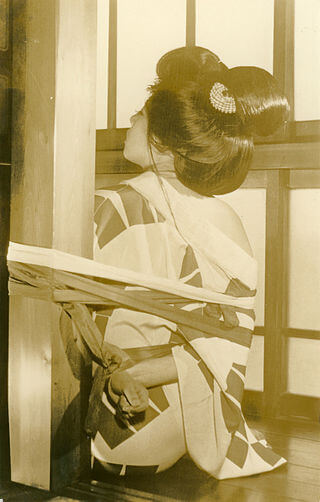
‘Yomikiri Romance’, Seiu Ito
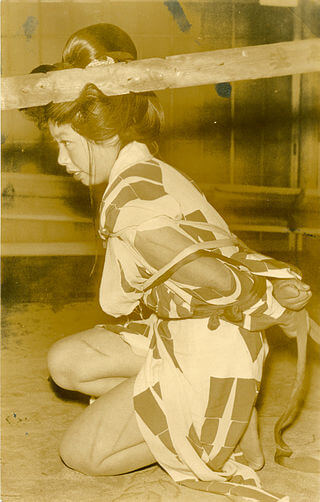
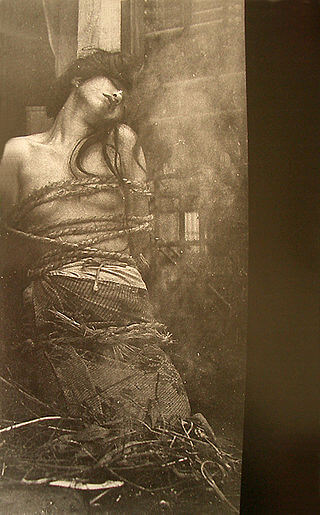
‘Yomikiri Romance’, Seiu Ito
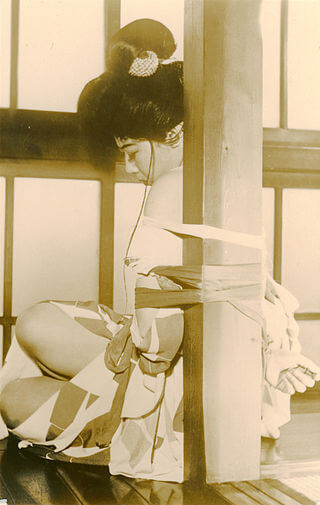
‘Yomikiri Romance’, Seiu Ito
TRENDING
-
Ishiuchi Miyako, A Singular Perspective on Women
Recipient of the 2024 Women in Motion Award, the photographer creates intimate portraits of women through the objects they left behind.

-
Recipe for Ichiraku Ramen from ‘Naruto’ by Danielle Baghernejad
Taken from the popular manga with the character of the same name who loves ramen, this dish is named after the hero's favourite restaurant.

-
Namio Harukawa, Master of Japanese SM Art
'Garden of Domina' offers a dive into the world of an icon of ‘oshiri’, whose work has now reached a global audience.

-
The Tattoos that Marked the Criminals of the Edo Period
Traditional tattoos were strong signifiers; murderers had head tattoos, while theft might result in an arm tattoo.

-
The Emperor of Japanese Porn is Now the Star of a Netflix Series
Deliciously funny, The Naked Director especially succeeds in reviving the atmosphere that was so characteristic of 1980s Japan.





